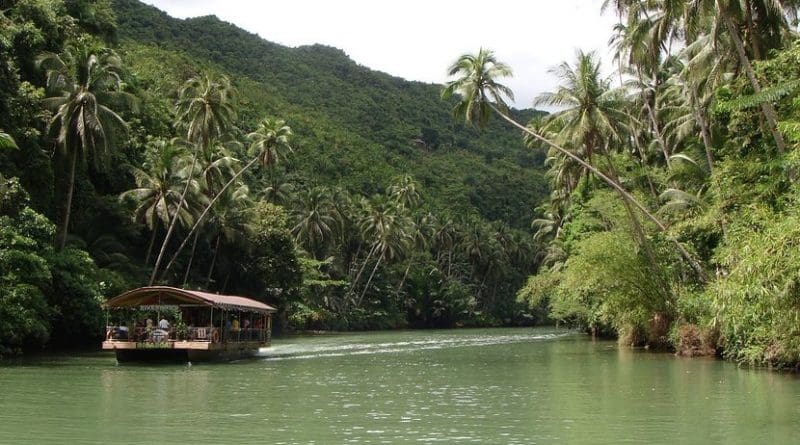Illegal Logging Killing Philippine Forests – OpEd
The Philippines’ once sprawling 16 million hectares (39.5 million acres) of virgin forests dominated by hardwoods is now down to only 700,000 hectares (1.7 million acres). The blame is falling on governments that over the years have passed laws favorable to logging concessions and implemented forest protection poorly.
The Philippines, with a deforestation rate of 1,900 hectares (4,695 acres) a day, will likely be completely denuded by 2025, forestry experts predict.
“Unchecked illegal logging remains the main culprit,” Philippine senator Loren Legarda says. “Government negligence has prompted the devastation of the forests. Much of the remaining forests have now been invaded by commercial loggers,” she said.
“Philippine forestry laws passed since 1930 have failed to provide adequate security provisions for virgin and second growth forests, thus the forests had virtually no protection at all. For instance, there is only one forest guard for every 3,000 hectares (7,413 acres) of forests,” she said.
Much of the nation’s forests were open-season to any logging company, particularly on the islands of Mindanao and Northern Luzon. The logging firms circumvented government forestry laws and corrupt local officials enriched themselves.
A common practice was for firms to apply for a Timber Licensing Agreement on areas exceeding those required by law and have these areas sub-contracted by smaller loggers including those operating illegally. Since the 1950s, many politicians were also in the logging business, preventing forestry officials from implementing forestry laws.
From 1972 to 1988, Legarda revealed that, “The logging industry amassed US$42.85 billion in revenues at the rate of $2.65 billion a year and laid to waste 8.57 million hectares (21.2 million acres) of forests. Timber was not the only loss, but also natural habitats which treasure much of important animal and plant biodiversity,” she said.
Over the same period, loggers destroyed 3.88 million hectares (9.6 million acres) of virgin forests, raking in $19.4 billion in income.
At the present rate of deforestation, less than seven per cent of virgin and second growth forests will be left by 2010. By 2025, there may be no Philippine forests to speak of left at all.
Reversing this trend is a gigantic, if not an impossible task, considering the fact that the rate of reforestation, which is about 80,000 hectares (198,000 acres) a year, is far out-stripped by the deforestation rate.
Legarda said that deforestation in the Philippines is the major reason behind flooding, acute water shortages, rapid soil erosion, siltation and mudslides that have proved costly not only to the environment and properties but also in human lives.
To avoid such ecological disasters, “It is absolutely necessary for the Philippine government to overhaul some forestry laws which have outlived their usefulness, such as the 1975 Forestry Code, and implement appropriate forestry laws with urgency and genuine political will,” Legarda stressed.
In 1990, the Philippine government borrowed US$325 million from the Asian Development Bank for a national reforestation plan. It turned out to be a failure.
The Ford Foundation and the Philippine umbrella organization of environmental NGOs, the Upland NGO Assistance Committee (UNAC), reported widespread corruption in the use of these funds.
Dr. Frances Korten, former country representative for the Ford Foundation, revealed that much of the funding was used by local politicians to advance their own political agendas. Even within the government environment agency many employees, including some directors, were found to have personally profited from the funds. A large number of the trees species planted were for short-term commercial purposes, not for sustaining forests, Korten said.
UNAC said the reforestation program created “fly-by-night” NGOs which had no technical expertise in reforestation. Many wasted the funds.
Even as then-Environment Secretary Fulgencio Factoran Jr. trumpeted that the reforestation plan was a success, it turned out to be a failure. Five years after its launching, many of the trees planted were found out by NGOs to have died.
These problems prompted the Japan led Asian Development Bank (ADB) to discontinue the second round of loans intended for further reforestation.


Very interesting!